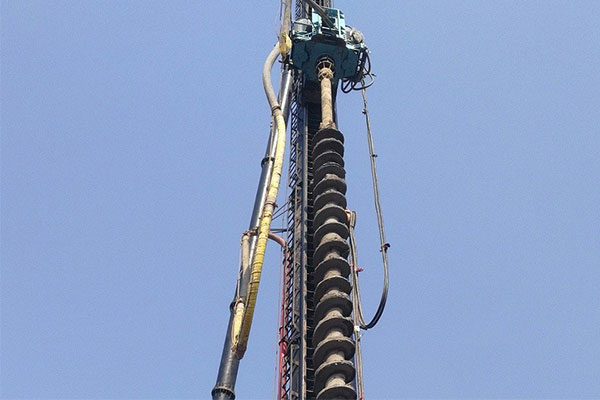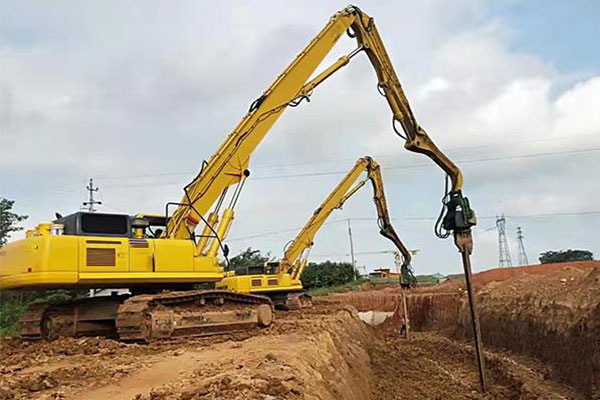Auger Piles vs Driven Piles: What’s the Difference?
In the realm of construction, choosing the right foundation is crucial for the structural integrity and stability of any building. Auger piles and driven piles are two common foundation solutions, each with its unique set of characteristics and advantages. This article aims to explore the differences between auger piles and driven piles, helping you make an informed decision for your next construction project.
Auger Piles:

Auger piles, also known as drilled shafts or bored piles, involve a drilling process to create a cylindrical hole in the ground. This hole is then filled with concrete, reinforcing the soil and providing a robust foundation for structures. The drilling is typically executed using an auger, a helical screw-shaped drill that removes soil as it rotates.
Advantages of Auger Piles:
- Suitable for various soil types, including cohesive and non-cohesive soils.
- Less noise and vibration during installation, minimizing disturbance to the surroundings.
- Allows for increased depth, making them ideal for deep foundations.
Applications:
- High-rise buildings
- Bridges
- Industrial structures
Driven Piles:

Driven piles, on the other hand, involve the forceful insertion of pre-manufactured piles into the ground. This can be achieved through impact hammers, vibratory drivers, or other specialized machinery. The piles, often made of steel or concrete, are literally driven into the soil until they reach a stable layer that can support the structure.
Advantages of Driven Piles:
- Quick installation process, leading to faster project timelines.
- Well-suited for cohesive soils and dense granular materials.
- High load-bearing capacity, making them suitable for heavy structures.
Applications:
- Residential buildings
- Offshore structures
- Temporary construction
Factors Influencing the Choice:
1. Soil Type:
Auger piles are versatile and can be used in various soil types, while driven piles excel in cohesive soils and dense granular materials.
2. Project Timeline:
If time is of the essence, driven piles may be preferable due to their quicker installation process.
3. Noise and Vibration Considerations:
Auger piles are generally quieter and cause less vibration, making them suitable for projects in noise-sensitive areas.
4. Depth Requirements:
Auger piles can reach greater depths, making them suitable for projects with deep foundation requirements.
Conclusion:
In the choice between auger piles and driven piles, there is no one-size-fits-all solution. The decision should be based on a careful evaluation of soil conditions, project timelines, and specific construction requirements. Auger piles offer versatility and deeper penetration, while driven piles boast quicker installation and high load-bearing capacity. By understanding the differences between auger piles and driven piles, you can make an informed decision that ensures the long-term success and durability of your building project.

